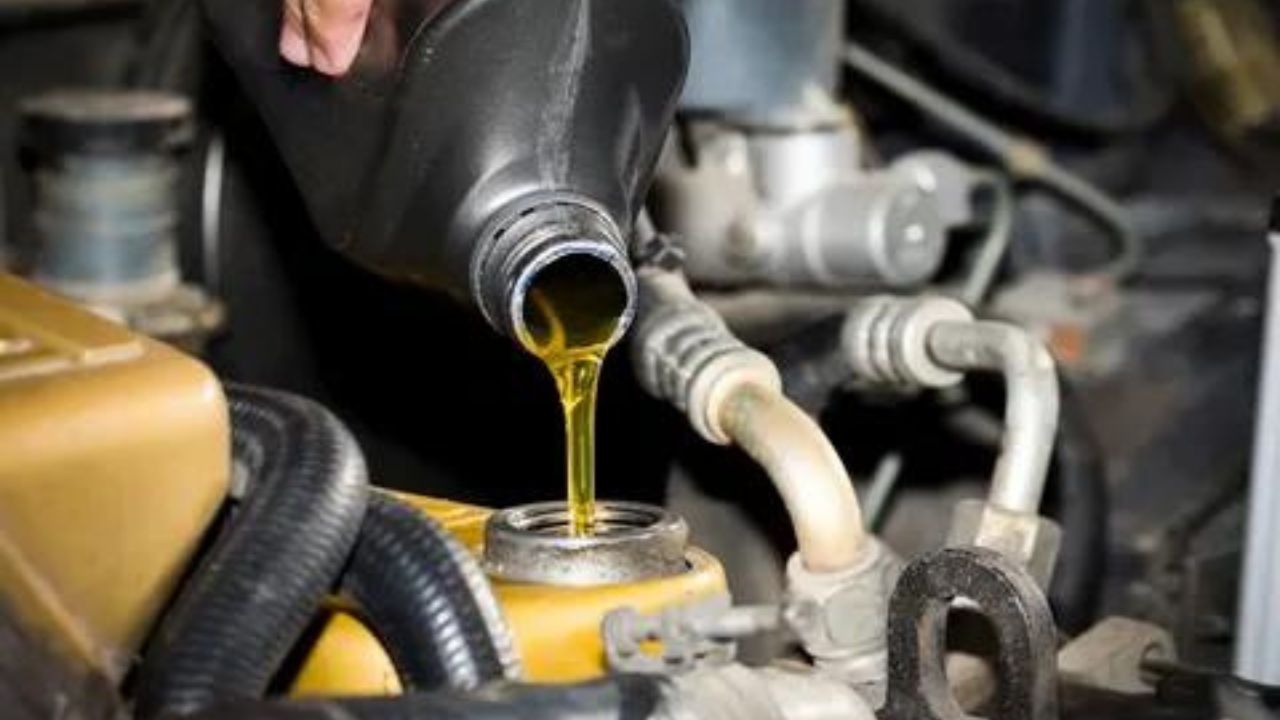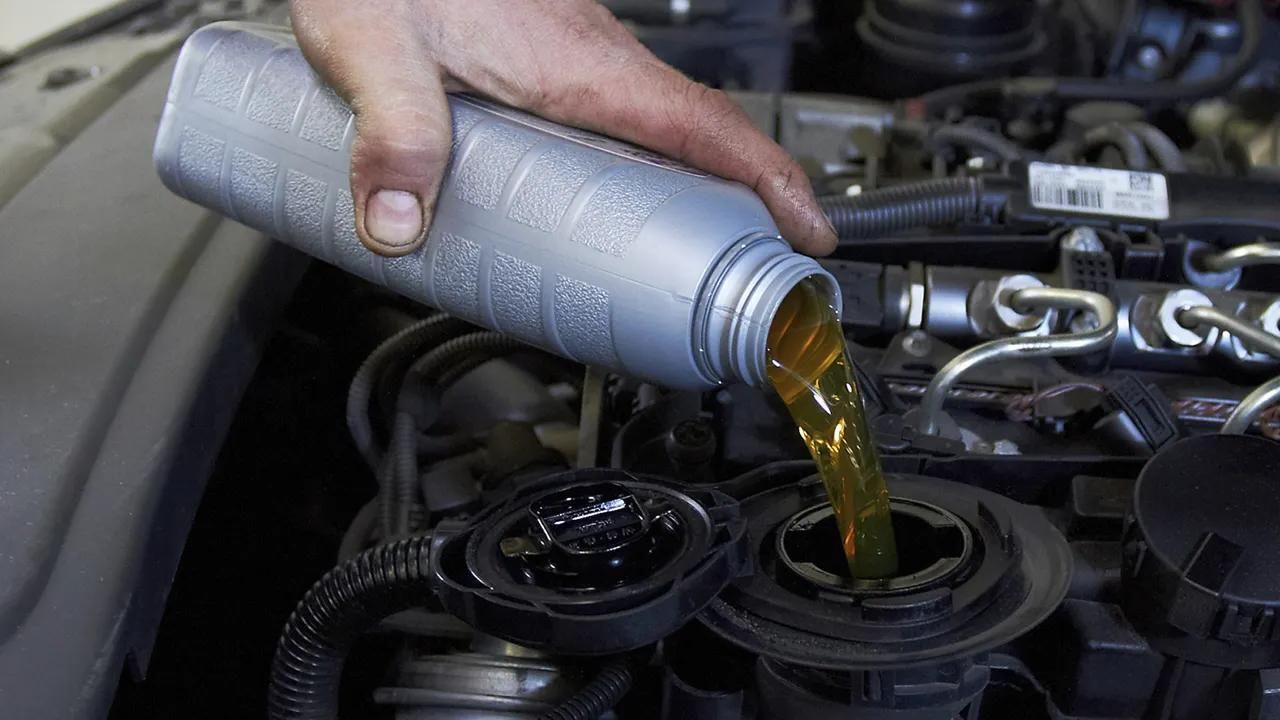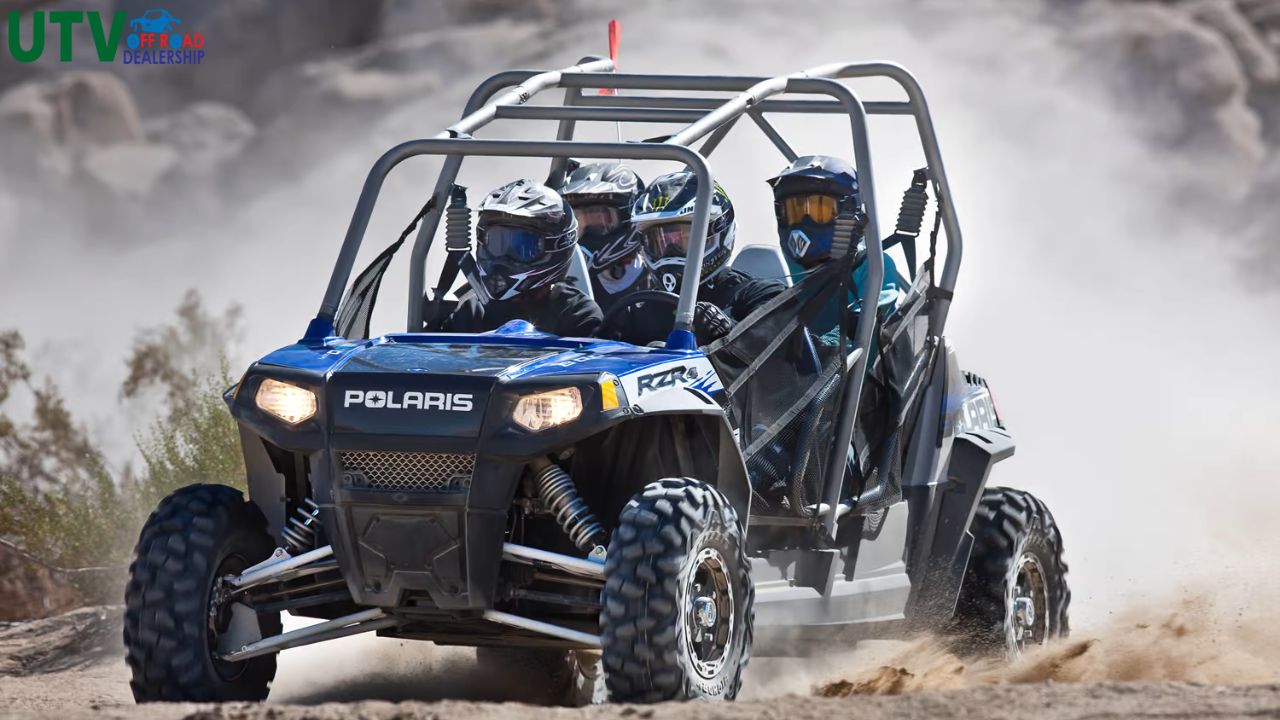Your Polaris Ranger is a rugged workhorse built to conquer tough terrain and handle heavy loads. To keep it running at its best, using the correct type of oil is crucial. Choosing the wrong oil can lead to decreased engine performance, premature wear and tear, and potentially costly damage. This guide will explain everything you need to know about the Polaris Ranger oil type, ensuring your UTV enjoys a long and healthy life.
Importance of Regular Oil Changes
Your car’s engine’s longevity and best operation depend on routine oil changes. Engine oil is a lubricant, lowering friction between moving parts and postponing wear and tear. But as time passes, engine oil degrades and is tainted with debris, grime, and combustion byproducts, reducing efficiency. For this reason, following the manufacturer’s suggested routine for oil changes in your car is critical.
Without regular oil changes, your engine may suffer from increased friction, leading to overheating and potentially costly repairs. Additionally, old and dirty oil can cause sludge buildup, clogging vital engine components and reducing efficiency. Regular oil changes can help you keep your engine properly lubricated, lowering the chance of damage and increasing engine longevity.
Regular oil changes are like giving your engine a refreshing drink of life, keeping it running smoothly and efficiently for years.
Types of Oil for Your Polaris Ranger
Choosing the correct oil is essential for your Ranger’s engine to run at its best and last a long time. Consult your owner’s manual or a certified Polaris dealer for specific recommendations.
| Ranger Model | Recommended Oil Type | Recommended Oil Capacity |
| Ranger 500 | SAE 10W-40 | 2 quarts |
| Ranger 570 | SAE 10W-40 | 2 quarts |
| Ranger 900 XP | SAE 5W-50 | 2.5 quarts |
| Ranger 1000 | SAE 5W-50 | 2.5 quarts |
| Ranger EV | SAE 5W-50 | 2.5 quarts |
For advice on your car’s make and model, consult the owner’s handbook or contact an authorized Polaris dealer. Always use high-quality oils that meet or exceed Polaris’ specifications to ensure optimal engine performance and longevity.
How Much Oil Does A Polaris Ranger Take?

Determining the oil needed for a Polaris Ranger depends on the specific model and engine size. Generally, Polaris Ranger engines require approximately 2 to 2.5 quarts of oil for a complete oil change. To determine the precise oil capacity for your specific vehicle, you must contact a qualified Polaris dealer or refer to the owner’s handbook.
Factors such as engine configuration, usage conditions, and maintenance history can also influence the amount of oil required. To maintain your Polaris Ranger oil type’s best performance and longest lifespan, follow the manufacturer’s instructions and ensure the engine is properly maintained. Maintaining the proper oil level on a regular basis is crucial to your car’s general well-being and dependability.
How do you Check and Change the oil in Polaris Ranger?
Materials Needed
- Polaris-recommended oil
- New oil filter
- Oil drain pan
- Wrenches (sizes vary based on model)
- Funnel
- Gloves
- Shop rags or paper towels
Checking Oil Level
- Park on Level Ground: Ensure the Ranger is on a flat surface for accurate readings.
- Locate Dipstick: This is typically on the engine block. Refer to your manual if needed.
- Remove, Wipe, Reinsert: Pull out the dipstick, wipe it clean, and reinsert it fully.
- Check the Level: Remove the dipstick again. The oil level should be between the two marks on the stick. Add oil if it’s below the lower mark.
Changing Oil & Filter
To streamline oil drainage, begin warming the engine for a few minutes. If your Ranger features a tilting bed, angle it for improved access. Locate the oil drain plug beneath the engine, referring to the manual if necessary. Place a drain pan beneath the plug to collect the oil. Allow the oil to drain completely after carefully removing and loosening the drain cap. Then, locate the oil filter using the owner’s manual as a guide.
Loosen and remove the old filter, which is being prepared for potential oil spillage. Before hand-tightening the new filter, lubricate the O-ring gasket with fresh oil. Reinstall the drain plug to ensure it’s properly tightened. Use a funnel to add fresh oil, and consult your handbook to determine the appropriate oil volume. After confirming the oil level and adding more if needed, reset the oil life indicator following the instructions in your manual.
What kind of oil should you use for your Polaris Ranger?

Moreover, Polaris offers two distinct oil weights within its PS-4 motor oil range: 5W-50 and 10W-50. Both variants, fully synthetic, cater to different temperature ranges. The 5W-50 is Polaris’s “all-season” oil, suitable for temperatures from -30 to 100 °F, while the 10W-50 is the “extreme-duty” option for temperatures from 0 to 130 °F. While adhering to Polaris-recommended oil weights is prudent, finding an exact match can be challenging, limiting brand and additive choices. Some users find success with 5W-40 oils, although results may vary.
It’s important to note that transitioning to a specific oil weight alone isn’t sufficient; the selected Polaris Ranger oil must also meet wet clutch requirements, specifically the JASO MA standards. This classification ensures that oils meet quality benchmarks and possess specific characteristics concerning friction and ‘stop time.’ Split into MA1 and MA2 based on friction test performance, either classification should suffice for the Polaris Ranger and most ATV and UTV models, providing you with the peace of mind that you’re using the right oil for your vehicle.
When Choosing Oil for Polaris Ranger?
Choosing the right type of oil for your vehicle is crucial for its performance and longevity. Several factors, including climate, usage conditions, and vehicle age, come into play when determining the most suitable oil type.
1. Climate: The climate where you primarily operate your vehicle plays a significant role in selecting the appropriate oil viscosity. Thinner oils like 5W-30 or 0W-20 are recommended in colder climates as they flow more easily in low temperatures, ensuring optimal lubrication during cold starts. On the other hand, in hotter climates, thicker oils such as 10W-40 or 20W-50 may be preferred to maintain viscosity and prevent oil breakdown under high temperatures.
2. Usage Conditions: How you use your vehicle also affects the choice of oil type. A high-performance oil with improved heat resistance and durability if you often pull large weights, drive in stop-and-go traffic, or go off-road to handle the extra strain on the engine. Conversely, standard oil may suffice if your driving consists mainly of short trips or light city driving.
3. Vehicle Age: Your vehicle’s age and condition influence the type of oil it requires. High-mileage oils designed to solve common problems, including engine wear, leaks, and oil consumption, may benefit older vehicles with high mileage. These oils often contain additives that condition seals and reduce friction to prolong engine life. Conversely, newer vehicles with modern engines may require synthetic oils for superior performance and protection, as the manufacturer recommends.
4. Manufacturer Recommendations: The most critical factor in choosing the right oil type is following the manufacturer’s recommendations outlined in the owner’s manual. Automakers test their vehicles to the limit to find the ideal oil viscosity and engine specs. Going against these suggestions may result in less-than-ideal performance, more wear and tear, and problems with your warranty.
Conclusion
Selecting the correct oil type is paramount for maintaining peak performance. The incorrect oil may lead to expensive damage, early wear and tear on the engine, and lower engine efficiency. This guide covers Polaris Ranger oil types, ensuring your UTV enjoys a long and healthy life.
Frequent oil changes keep engines running smoothly and prolong their lifespan by reducing friction and overheating. Selecting the right oil, consult your manual, and adhere to manufacturer recommendations. Frequent upkeep, such as filter changes and oil checks, guarantees your Ranger runs well for many years.
Frequently Asked Question
What oil is used in the Polaris Ranger 800?
The recommended oil is Polaris PS-4 Full Synthetic 5W50 4-Cycle Oil, available as part number 2876244 for 1 quart (0.95 L) and part number 2876245 for 1 gallon (3.8 L).
What is the best UTV oil?
Motul ATV SXS UTV POWER 4T 5W-40 is an advanced, fully synthetic oil engineered to offer unmatched protection, even in the most severe conditions.
How long does Polaris oil last?
Change oil and filter after 25 engine hours, 500 miles (800 km), or one month of use—whichever comes first. After the break-in period, change the oil and filter every 50 hours, annually, or at 1,000 miles.
What’s the difference between ATV oil and regular oil?
Consequently, ATV oils are crafted with specific additives and properties to offer enhanced protection against wear, corrosion, and thermal breakdown, addressing the distinct requirements of ATV engines. Car engine oils might not have the essential additives and properties to safeguard an ATV engine adequately.
What is Polaris blue oil?
Polaris Blue utilizes a synthetic blend formula comprising powersports-grade semi-synthetic base oils, ensuring enhanced performance and engine protection. This blend, crafted from a combination of mineral and synthetic base stocks, is specifically engineered for pre-mix and oil injection applications.

